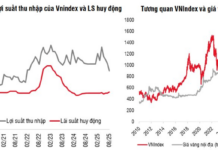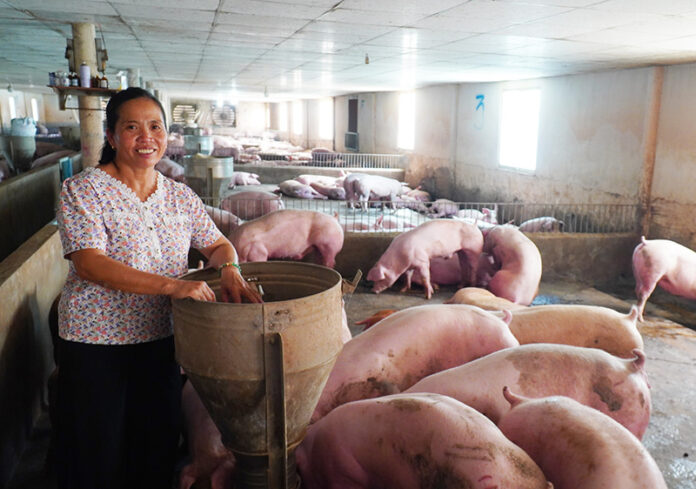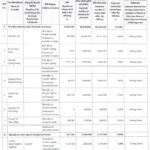According to a report by the Department of Livestock Production, citing data from the US Department of Agriculture (USDA), Vietnam ranked 6th among the countries with the highest pork production market share globally in 2021, 2022, and 2023, accounting for 2.4% (2021), 2.5% (2022), and 3% (2023) of the world’s total pork production.
Among the top 10 pork-consuming countries globally, Vietnam ranked 6th, with a pork consumption/production ratio of 105.4% (meaning domestic pork production meets 95% of the country’s pork consumption demand).
Vietnam’s per capita pork consumption in recent years has gradually increased: approximately 30 kg of pork/person/year in 2021, 32 kg of pork/person/year in 2022, and 33.8 kg of pork/person/year in 2023.
Transitioning from small-scale and scattered farming to a more organized system, Vietnam, in 2023, was recognized as a country with a prominent pig farming industry, ranking 5th in pig head count and 6th in pork production worldwide.
As per USDA data, China currently accounts for 48% of global pork production, followed by the EU (20%), the US (11%), Brazil (4%), Russia (4%), and Vietnam (3%).
Vietnam’s pig herd has experienced significant fluctuations in recent years. According to statistics from the General Statistics Office, the country’s pig population (excluding piglets suckling) from 2019 to 2023 was impacted by the African Swine Fever but has gradually recovered to pre-epidemic levels.
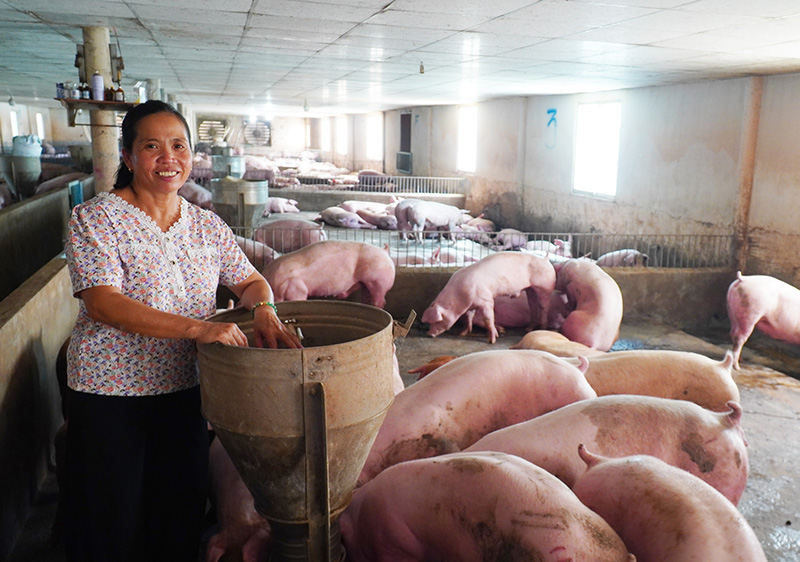
Stable development in pig farming.
In 2023, pig farming witnessed stable progress as household farming shifted towards semi-industrial methods, linking with businesses, and adopting advanced technology, bio-security practices, and disease control measures.
Consequently, by the end of 2023, the total pig population reached 25.5 million, excluding approximately 4 million piglets suckling, reflecting a 4.2% increase compared to the previous year. 2023 marked the year with the highest pig population in the last five years, and the growth rate of the pig population averaged 6.0%/year during 2019-2023.
Vietnam’s Pork Consumption Structure Surpasses Global Average
According to the General Statistics Office, as of the end of June 2024, Vietnam’s pig population was estimated at 25,549.2 thousand, a roughly 2.9% increase compared to the same period in 2023. The growth rate of the pig population in the first few months of 2024 was lower than in the first quarter of 2023 but on par with the corresponding months of the second, third, and fourth quarters of 2023.
From 2019 to 2023, Vietnam’s livestock structure comprised: pig farming (60-64%); poultry farming (28-29%, including colored feather chickens (11%), white feather chickens (11%), and geese and ducks (7%)); and the remaining included cattle, buffaloes, goats, and sheep (9%).
In contrast, the global meat production structure in 2022 consisted of pork (41%), poultry meat (37%), and beef and buffalo meat (22%).
Thus, Vietnam’s pork consumption structure surpasses the global average by approximately 20%.
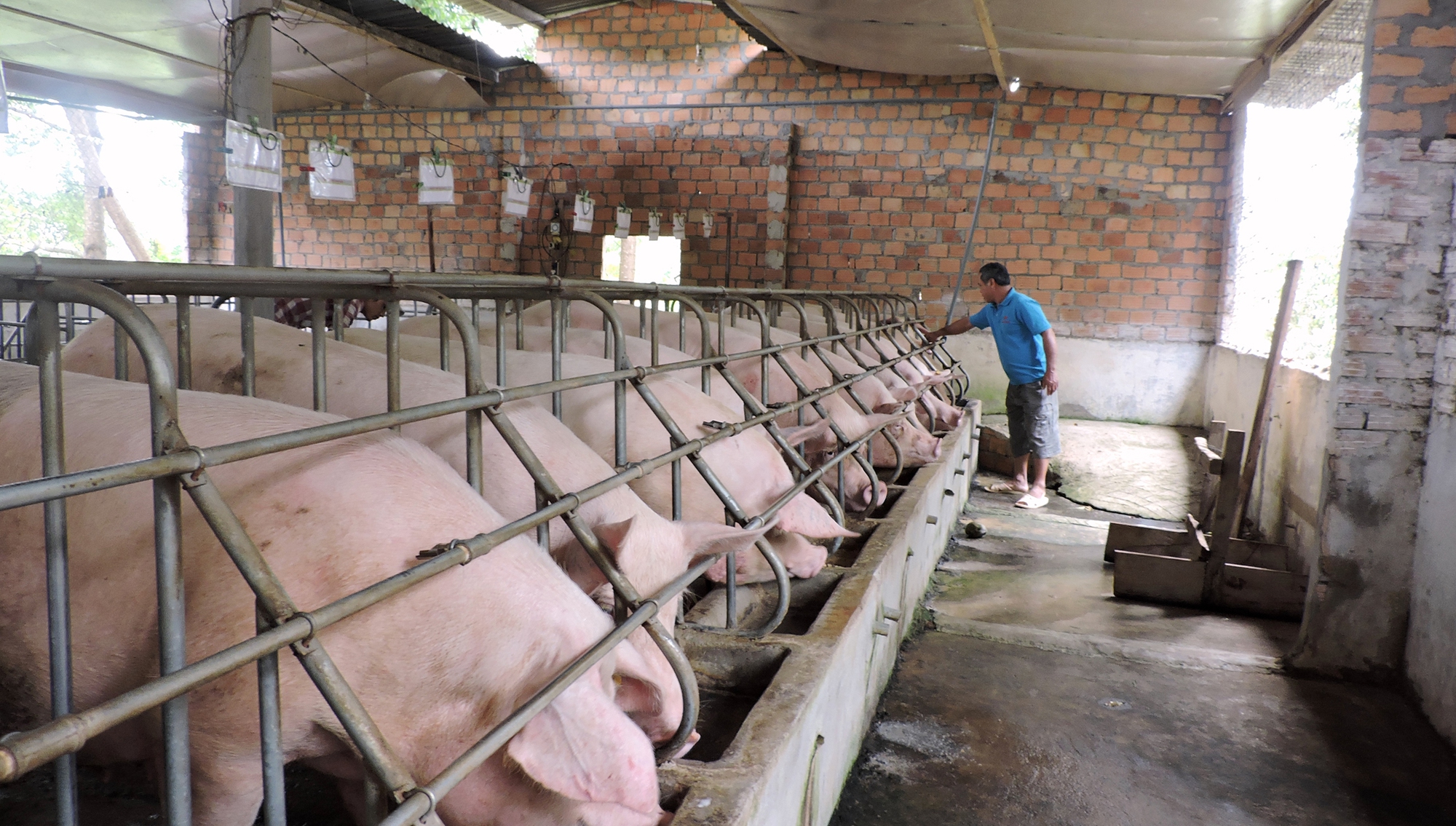
Pig farming remains the mainstay of the livestock industry.
The livestock industry’s growth value in 2023 was estimated at 5.72%, generating over $33 billion in revenue, contributing 26% to the country’s agricultural GDP, and over 5% to the national GDP.
Pig farming remains the mainstay of the livestock industry, accounting for more than 62% of the country’s total meat output from farm-raised animals.
Major domestic livestock companies (such as Dabaco, Masan, Tan Long, Thien Thuan Truong, Mavin, Greenfeed, Truong Hai, and Hoa Phat) and foreign-invested enterprises (including CP, Japfa Comfeed, New Hope, CJ, Emivest, and Cargill) are establishing and gradually forming a system of interconnected chain farms.
This shift in the livestock structure is a step towards modernizing Vietnam’s livestock industry.
Pork, a popular ingredient in Vietnam, is a staple in the daily meals and grand feasts of Vietnamese people.
Taste Atlas, a website dedicated to global cuisine, listed four Vietnamese dishes among the 100 best pork dishes worldwide: Fried Spring Rolls, Banh Mi (Vietnamese Baguette with Pork), Broken Rice with Grilled Pork, and Bun Bo Hue (Spicy Hue-style Beef and Pork Noodle Soup).
Pork is an excellent source of eight essential nutrients for the human body: niacin, phosphorus, potassium, protein, riboflavin, selenium, vitamin B6, and zinc, according to the American Feed Industry Association (AFIA).




















